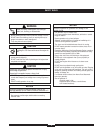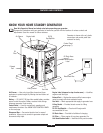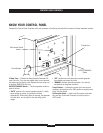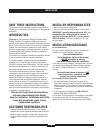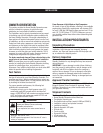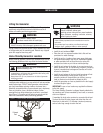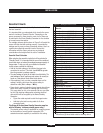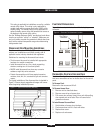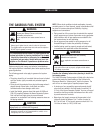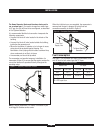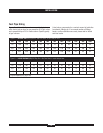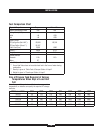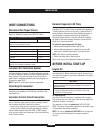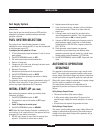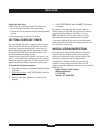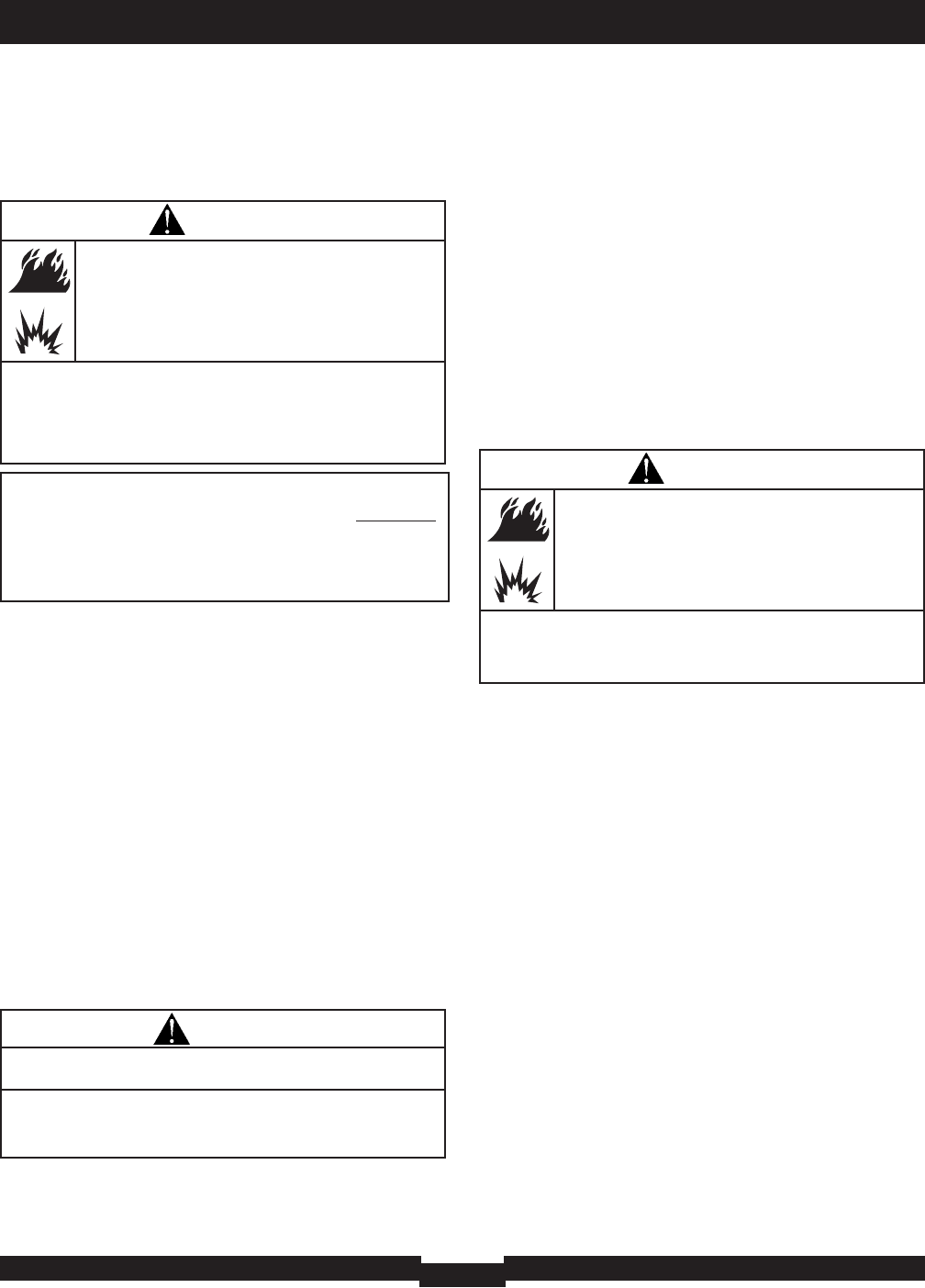
INSTALLATION
13
THE GASEOUS FUEL SYSTEM
TO THE INSTALLER: Consult with the Home Generator
System owner(s) and convey any technical considerations
that might affect their installation plans before applying these
general guidelines.
The following general rules apply to gaseous fuel system
piping:
• The piping should be of a material that conforms to federal
and local codes, rigidly mounted and protected against
vibration.
• Piping should be protected from physical damage where it
passes through flower beds, shrub beds, and other
cultivated areas where damage could occur.
• Install the flexible, gaseous hose that meets UL 569 and
CSA 8.3 (supplied) between the Home Generator System
Fuel Inlet port and rigid piping to prevent thermal
expansion or contraction from causing excessive stress on
the piping material.
NOTE: Where local conditions include earthquake, tornado,
unstable ground, or flood hazards, special consideration shall
be given to increase strength and flexibility of piping
supports and connections.
• Piping must be of the correct size to maintain the required
supply pressures and volume flow under varying generator
load conditions with all gas appliances connected to the
fuel system turned on and operating.
• Use an approved pipe sealant or joint compound on all
threaded fittings to reduce the possibility of leakage.
• Installed piping must be properly purged and leak tested,
in accordance with applicable codes and standards.
Consider the following factors when planning to install the
fuel supply system:
The Home Generator System engine is fitted with a fuel mixer
system that meets the specifications of the California Air
Resources Board for “tamper-proof” dual fuel systems. The
unit will run on natural gas or liquefied propane vapor.
• A minimum of one accessible, approved manual shutoff
valve shall be installed in the fuel supply line within 6 ft
(1.8 m) of the Home Generator System. A union or flanged
connection shall be provided downstream from this valve
to permit removal of controls.
• Natural gas fuel supply pressure at the generator's fuel
inlet port should be between 5 to 7 inches of water (in.
W.C.) at full load. LP fuel supply pressure should be 11 to
14 inches of water (in. W.C.) at full load.
The information provided below is to assist gaseous fuel
system technicians in planning installations.
In no way
should this information be interpreted to conflict with
applicable fuel gas codes. Consult with your local fuel
supplier or Fire Marshall if questions or problems arise.
WARNING
Propane and Natural Gas are extremely
flammable and explosive.
Fire or explosion can cause severe burns or
death.
• LP gas is heavier than air and will settle in low areas.
• Natural gas is lighter than air and will collect in high areas.
• The slightest spark can ignite these fuels and cause an explosion.
• DO NOT light a cigarette or smoke.
CAUTION
The supplied flexible gaseous pipe is not to be installed
underground or in contact with the ground.
• The entire flexible gaseous pipe must be visible for periodic
inspection and must not be concealed within, contact, or run
through any wall, floor, or partition.
WARNING
Propane and Natural Gas are extremely
flammable and explosive.
Fire or explosion can cause severe burns or
death.
• Before placing the Home Generator System into service, the
fuel system lines must be properly purged and leak tested.
• NO leakage is permitted.



